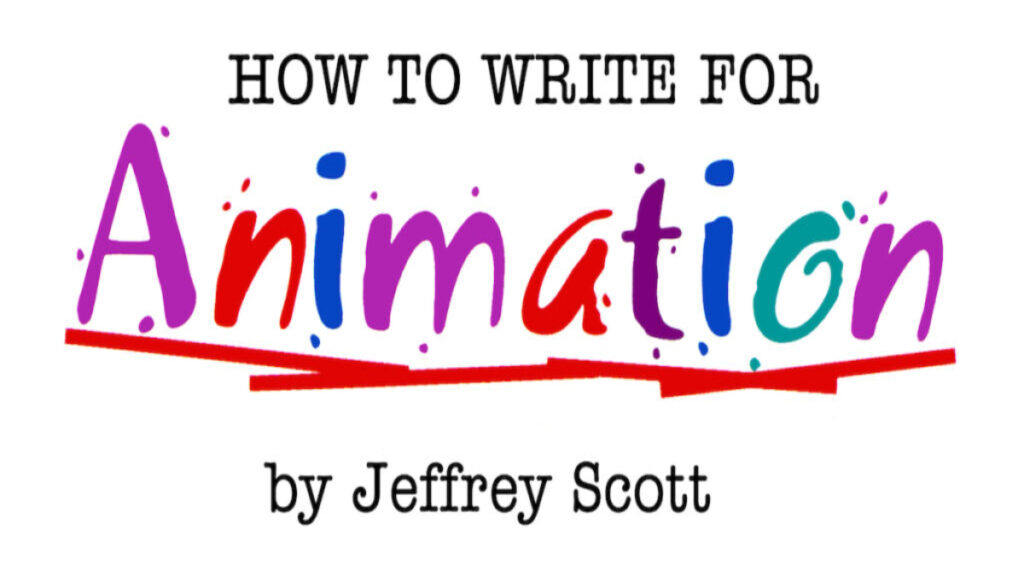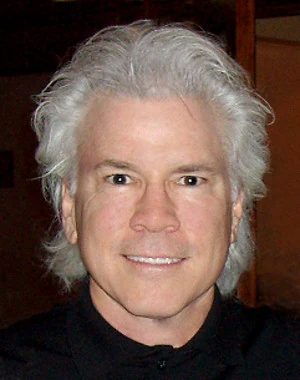The basic elements of animated TV series development are concept, presentation, bible, and pilot.
The concept is just the basic idea for the series, summed up in a paragraph. Once you have it you’ve got to mold it into something sellable. This starts with the series presentation. A presentation generally consists of two parts: one written, one visual. The written presentation can be any length but is most often five to 15 pages. It describes what the series is about, and who the characters are, so that the reader will become interested in it and want to know more.
Although it’s possible to sell a series from a presentation, the purpose of a presentation is usually not to sell the series, but to get a studio or investor interested in developing it further. When a major network or animation studio makes a development deal they usually pay for a bible, pilot, and maybe some additional artwork. But in most cases today the writer does this work on spec. If, however, you are hoping to get a studio or network to pay you to develop your concept you need to excite them about your property. This is the purpose of the presentation’s written material and art.
The presentation art can be as simple as a single drawing of a character, or as elaborate as several fully rendered paintings of scenes from the series. If money is no object, then more artwork can be done, and even three-dimensional sculptures of the characters. I once made a presentation that included an elaborate bible with US$25,000 of artwork, sculptures, and toy prototypes. But you don’t need all these bells and whistles to sell a series. I also once made a two sentence, off-the-cuff verbal pitch, while walking out a studio exec’s door. Oddly enough, I sold the two-sentence pitch and not the US$25,000 presentation, which goes to show you that it really comes down to the basic concept.
If you intend to create a full pitch package on spec the next thing you’ll do is write a bible. If you just write a presentation and it gets interest from a producer, studio or distributor, the next thing they’ll ask you to do is develop your presentation into a complete series. This, again, is done by writing a bible.
A bible is a complete description of a series. It has four basic parts: the world, the characters, the stories, and the format, which describes how all of these things interrelate to form a coherent series.
©Jeffrey Scott, All Rights Reserved
(Jeffrey Scott has written over 700 animated and live-action TV and film scripts for Sony, Warner Bros., Disney, Marvel, Universal, Paramount, Columbia, Big Animation, Hanna-Barbera and others. His writing has been honoured with three Emmys and the Humanitas Prize. He is author of the acclaimed book, How to Write for Animation. To work with Jeffrey visit his website at www.JeffreyScott.tv.)
Read other articles from this series:
#1 The difference between live-action and animation writing
#3 It all begins with a premise
#4 The secret to developing your story
#5 Finding the scenes that MUST be there
#7 How to easily transform your outline into script
#8 A brief introduction to script writing
#9 How long should your scenes be?
#10 How to (and NOT to) edit your writing
#13 The importance of communication
#17 Assuming the point of view of your audience
#23 The screenwriter’s bookshelf
#25 Creating an animated series
#27 Developing your series concept
#28 Real vs. Cartoonish characters
#29 Making your series more sellable




